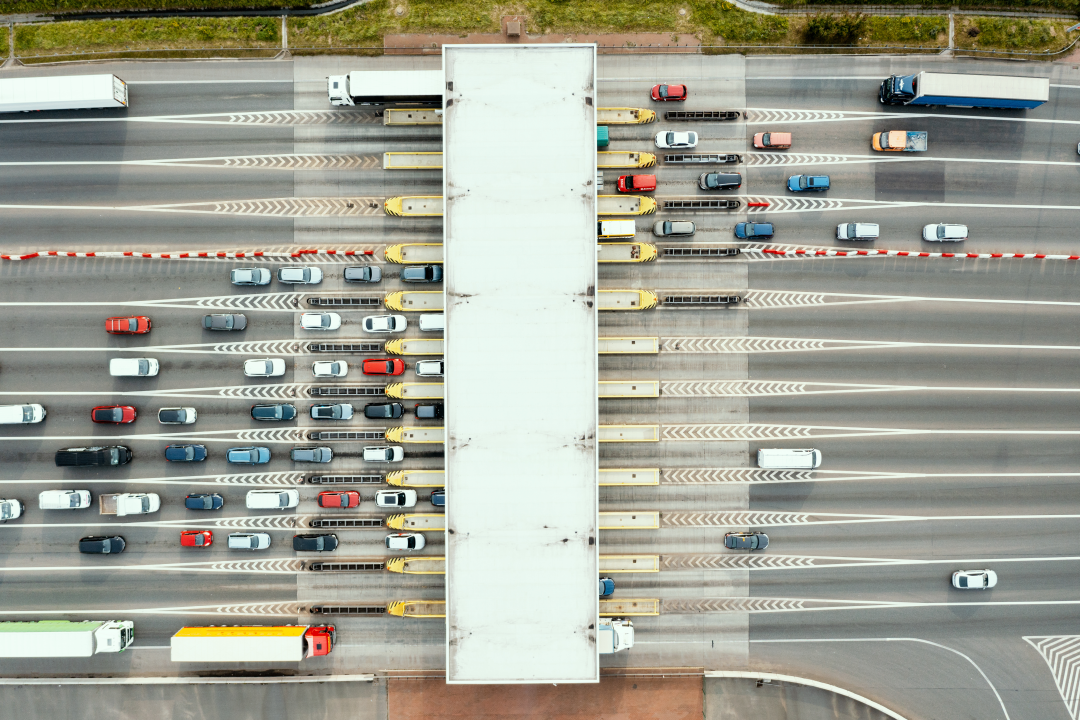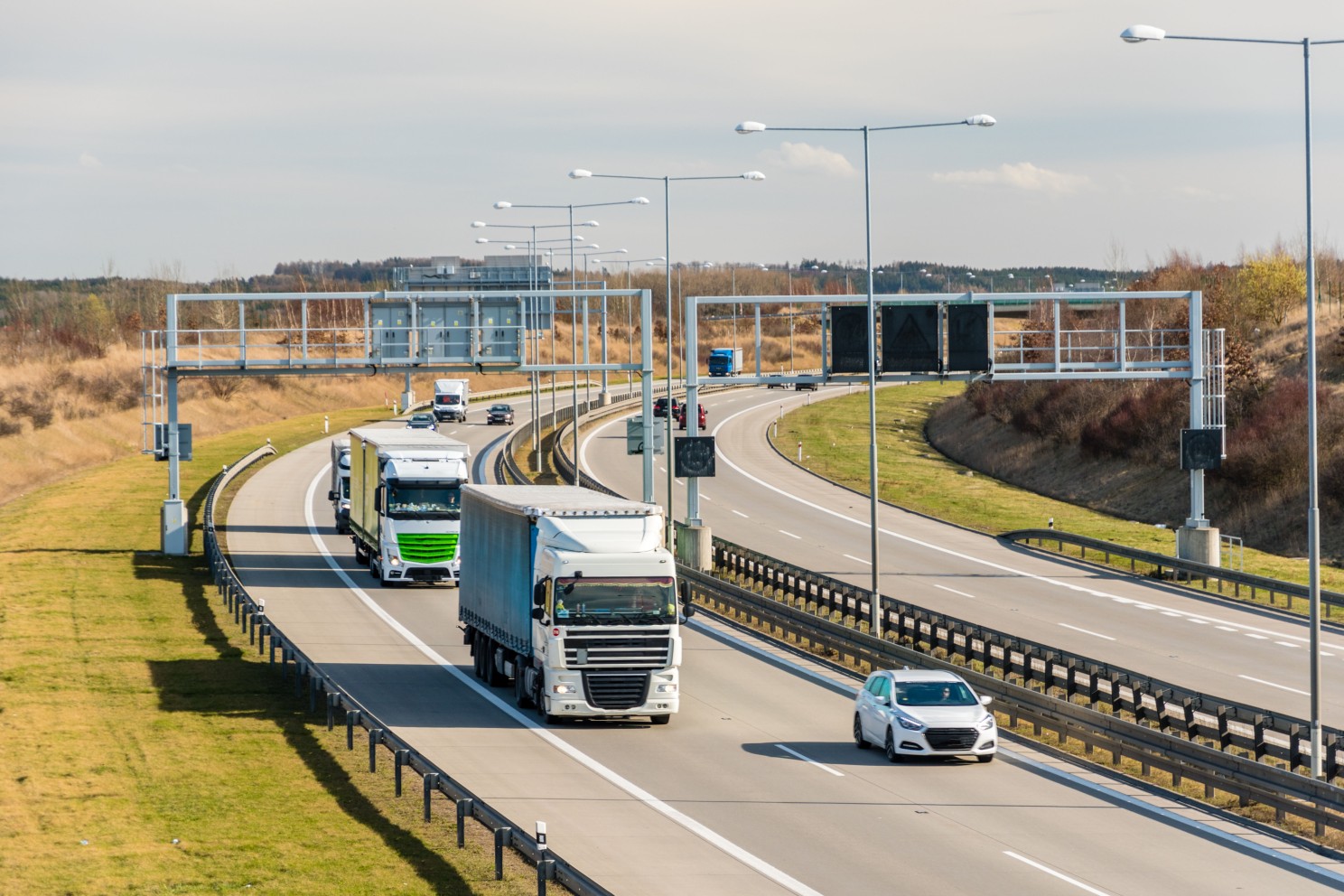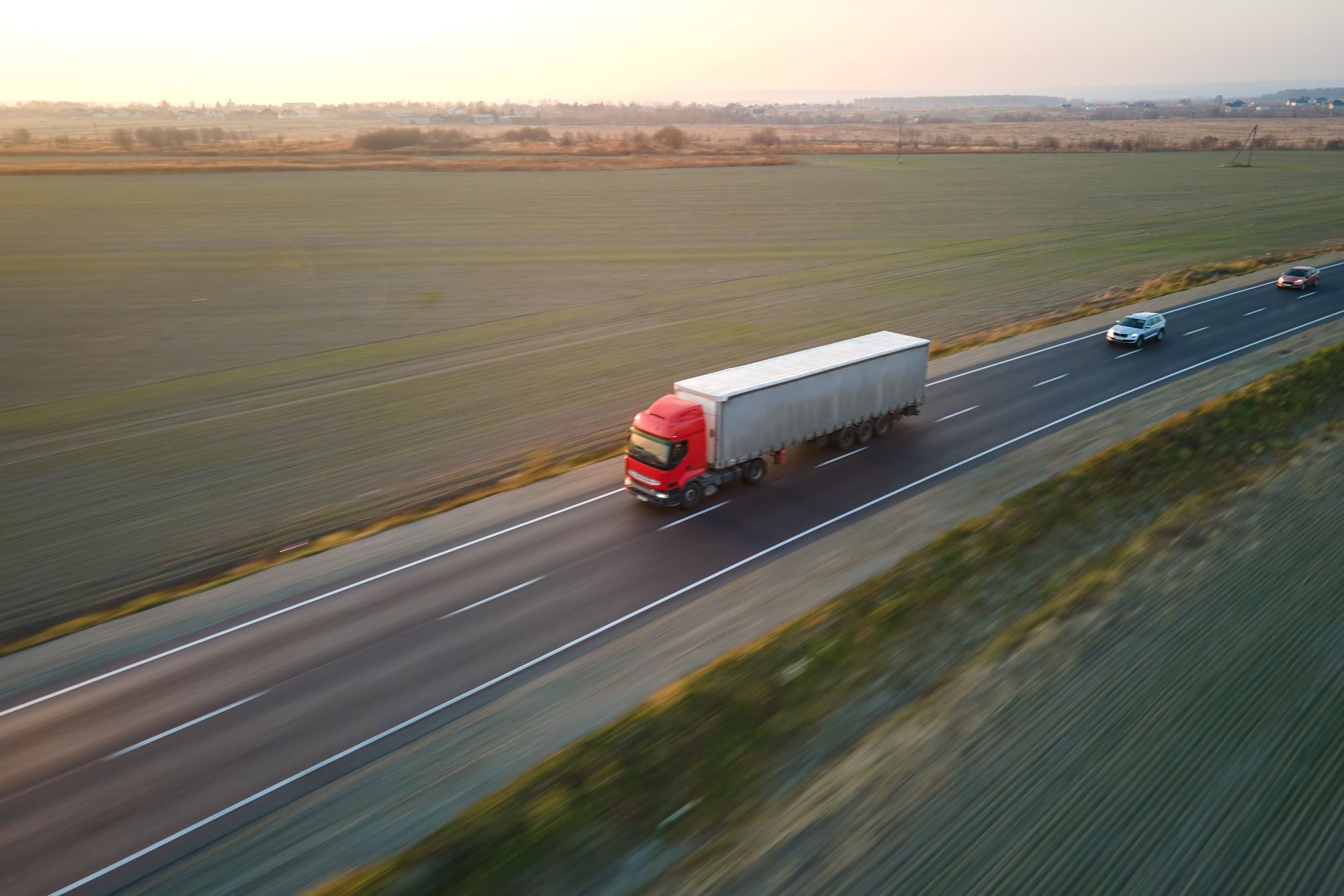
Susie Jones
Inzicht in de nieuwe toltarieven voor vrachtwagens in Duitsland
Gemaakt: 12-08-2024
•
Bijgewerkt: 12-08-2024
Met de voortdurende veranderingen in het Duitse tolsysteem voor vrachtwagens is het makkelijk om te verdwalen in de vele wijzigingen en regels. Bijna 83% van de lokale vrachtwagenritten, die ruwweg 200 kilometer beslaan, worden al over tolwegen afgelegd - dit benadrukt de impact die Duitse tolheffingen hebben op de uitgaven van het wagenpark.
Met de stijging van de toltarieven komen deze nieuwe veranderingen hard aan bij vlootbedrijven. Veranderingen in de toltarieven in 2023 en 2024 zijn het gevolg van de steun van de Duitse regering aan The Toll Amendment Act, die het volgende goedkeurt:
Nieuwe toltarieven
De invoering van CO2-emissieheffingen
Tolvrijstelling voor aardgasvoertuigen schrappen
Uitbreiding van de tol tot voertuigen met een toegestaan totaalgewicht van meer dan 3,5 ton.
Wijzigingen op 1 januari 2023
De toltarieven stegen begin 2023. Drie factoren gaven de doorslag:
Aantal assen
Emissieklasse
Toegestaan totaalgewicht van de voertuigcombinatie.
1 december 2023 veranderingen
In december werden CO2-emissieklassen geïntroduceerd als nieuw tariefcriterium. Berekend op basis van een toeslag van 200 euro per ton CO2-uitstoot - deze wordt geheven op alle voertuigen met een toegestaan totaalgewicht van meer dan 7,5 ton. Individuele toeslagbedragen, bovenop de huidige tol, zijn afhankelijk van de emissieklasse.
Klasse 1 - vrachtwagens met de hoogste CO2-uitstoot en dus de hoogst mogelijke toeslag. TollCollect, dat in Duitsland de tol voor vrachtwagens int, deelt alle geregistreerde voertuigen in deze emissieklasse in - wagenparkbeheerders moeten contact met hen opnemen om een betere indeling aan te vragen als ze daarvoor in aanmerking komen.
Klassen 2 en 3 - Beide klassen worden toegewezen bij het invoeren van voertuiggegevens in de TollCollect-portal.
Klasse 4 - Vrachtwagens met lage emissies, bijvoorbeeld aardgasvoertuigen.
Klasse 5 - Vrachtwagens zonder uitstoot.
Wijzigingen op 1 januari 2024
Op 1 januari 2024 was de tolvrijstelling voor voertuigen op aardgas niet langer van toepassing.
Wijzigingen op 1 juli 2024
Tol is verschuldigd voor alle voertuigen met een technisch toegestaan totaalgewicht van meer dan 3,5 ton. Er zijn een paar uitzonderingen op deze nieuwe verandering:
Emissievrije voertuigen met een technisch toegestaan totaalgewicht van meer dan 4,25 ton.
Emissievrije zware bedrijfsvoertuigen - Deze vrijstelling geldt tot eind december 2025.
Voertuigen gebruikt door handelsondernemingen - Van toepassing op voertuigen met een totaalgewicht van minder dan 7,5 ton.

Uw vloot klaarstomen voor de veranderingen in juli
Voor 1 juli moet je controleren of je voertuigen onderhevig zijn aan tol en zo ja, hoe je de tol wilt betalen.
Controleer uw voertuigen
Controleer deel één van het kentekenbewijs in veld F1. Als uw voertuig een technisch toelaatbare maximummassa (TPMLM) van meer dan 3,5 ton heeft, moet u tol betalen. Voor vrachtwagens met een maximaal toelaatbare massa van precies 3,5 ton of minder wordt geen tol geheven.
Voertuigcombinaties - als het trekkende voertuig een TPMLM van meer dan 3,5 ton heeft, moet u tol betalen. Een combinatie met een maximaal toelaatbare massa van meer dan 3,5 ton hoeft geen tol te betalen als het trekkende voertuig een maximaal toelaatbare massa van 3,5 ton of minder heeft.
De vereisten voor voertuigtol zijn van toepassing op voertuigen die bestemd zijn of gebruikt worden voor het vervoer van goederen over de weg.
Handelsbedrijven zijn onder bepaalde voorwaarden tolvrij.
Tol betalen
De handigste manier om te betalen is met een onboard unit (OBU) - geleverd door Toll Collect, Europese aanbieders van elektronische tolheffingsdiensten (EETS) of hun verkooppartners.
Betalen met een OBU vereist registratie bij Toll Collect en het maken van een afspraak voor installatie - stel na installatie het gewicht in op "<7,5 ton". Met een OBU wordt er vanaf 1 juli 2024 automatisch geïnd op snelwegen en federale wegen.
Je kunt de tol ook betalen op de Toll Collect website of via hun app voordat je aan je reis begint.
Is mijn bedrijfsvoertuig vrijgesteld van de nieuwe Duitse toltarieven?
Om in aanmerking te komen voor de vrijstelling voor ambachtslieden geldt het volgende:
Alleen werknemers van het handelsbedrijf mogen het voertuig besturen.
De getransporteerde materialen, apparatuur of machines moeten nodig zijn om de diensten en werkzaamheden van het handelsbedrijf uit te voeren.
De handgemaakte goederen die vervoerd worden, moeten geproduceerd, verwerkt of gerepareerd worden in het bedrijf van de handelaar.
U kunt uw bedrijfsvoertuigen online registreren op Toll Collect. Handelsondernemingen kunnen meer informatie over de uitzonderingen vinden op de pagina FAQ van Toll Collect.
Mogen vrachtwagens in Duitsland op zondag rijden?
Er geldt een rijverbod voor commerciële vrachtwagens op bepaalde tijden om het verkeer te verminderen en de wegen veilig te houden. Het verbod geldt op zondag, wat betekent dat vrachtwagenchauffeurs met een vrachtwagen van meer dan 7,5 ton deze niet mogen verplaatsen van 12 uur 's ochtends tot 10 uur 's avonds. Daarnaast geldt er ook een rijverbod op de volgende feestdagen:
Nieuwjaarsdag - 1 januari
Goede Vrijdag - 18 april
Paasmaandag - 21 april
Dag van de Arbeid - 1 mei
Hemelvaartsdag - 29 mei
Pinksteren - 8 juni
Dag van de Duitse Eenwording - 3 oktober
Kerstmis en tweede kerstdag - 25 en 26 december
Tijdens de belangrijkste vakantieperiode, van 1 juli tot 31 augustus, geldt het rijverbod voor vrachtwagens op zaterdag, wat betekent dat vrachtwagenchauffeurs niet mogen rijden tussen 7 uur 's ochtends en 8 uur 's avonds wanneer er veel voertuigen op de weg zijn.



